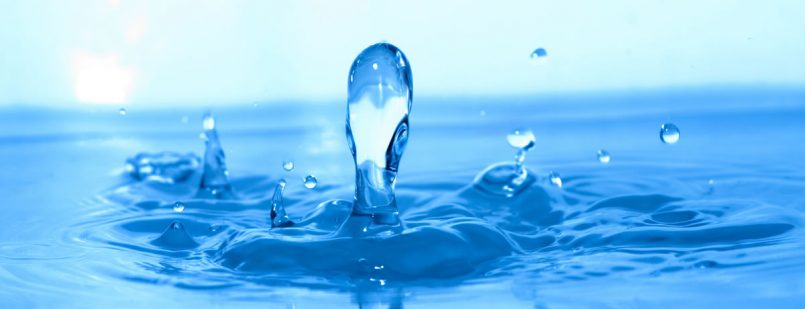Part 4 of a 4 part series
The following are numbers 8, 9 and 10 in my top 10 gifts to the physical, and when provided with love, nourish and feed the cells that are so graciously carrying us through this lifetime.
8. Tissue salts:
Skin and hair care should start from within. Your skin can really look better than ever. Taking tissue salts can improve cell regeneration of the skin, nails and hair.
What are tissue (cell) salts?
Dr. Schuessler, a 19-th century German physician, developed the 12 tissue/cell salts.His healing method is based on the concept that there are 12 minerals available in each cell and tissue and they are essential to body`s metabolism. When these vital tissue salts are in the correct ratio or concentration, the body is healthy. As soon as the tissue salts ratio is disturbed, cell function is impaired, resulting in illness.
I have written about, “why tissue salts” and blogged about each salt for more information, but here is a special combination of tissue salts for skin and hair beauty:
- Tissue salt No 1 Calcarea fluorica is a tissue strengthener that improves skin elasticity.
- Tissue salt No 8 Natrum muriaticum is often called the fluid balancer. It hydrates skin and fortifies hair follicles.
- Tissue salt No 11 Silicea fortifies nails and increases collagen formation thus reducing wrinkles.
Dosage:
Take 5 tablets of each tissue salt once daily, 15 minutes before meals.
9. Hyaluronic acid:
Scientifically speaking, hyaluronic acid (also known as hyaluronan) is a glycosaminoglycan, a type of molecule composed partly of sugars. Hyaluronic acid is actually a natural structural component of skin, and, in fact, is present in connective tissue throughout the human body.
So why is hyaluronic acid such a big deal? The magic of this ingredient lies in its ability to retain moisture; it’s considered to have a greater capacity to hold moisture than any other natural or synthetic polymer. In fact, one gram of hyaluronic acid is able to hold up to six liters of water.
http://www.makingcosmetics.com/Hyaluronic-Acid-SLMW_p_162.html
You can find both sodium hyaluronate and hyaluronic acid here. Sodium hyaluronate is a salt derived from hyaluronic acid—and it has unique advantages for skin in comparison to “regular” hyaluronic acid, although both are great.
Sodium hyaluronate’s difference lies in its molecular size. During the process of creating sodium hyaluronate, its molecular weight decreases due to the removal of lipids, proteins, and nucleic acids. Removing these compounds makes the sodium hyaluronate molecule smaller than that of hyaluronic acid. That means that the sodium hyaluronate, when applied topically, can penetrate the skin more easily than the hyaluronic acid.
10. Glycerin:
Glycerin (sugar-alcohol compound) is an organic compound composed of carbon, oxygen and hydrogen. It’s a thick (viscous), colorless and odourless liquid. It’s water-soluble, sweet to taste and is non-toxic. It can be used on its own or added to any natural skin cream. I find it is one of the best-kept simple secrets. Get hold of some glycerine and use it for SO many things. The following are some ideas.
- It can be used as a cleanser.
- It can be used as a toner.
- It can be used on its own or in other creams as a moisturizer (you can add a few drops to any of the above recipes to add moisture).
- It helps retain water in skin, making it feel soft and supple
- It can be used on baby and sensitive skin.
- Glycerin is non-toxic in nature
- It removes clogged impurities and helps in lightening skin shade. It can be applied to scars and burns to help speed healing

